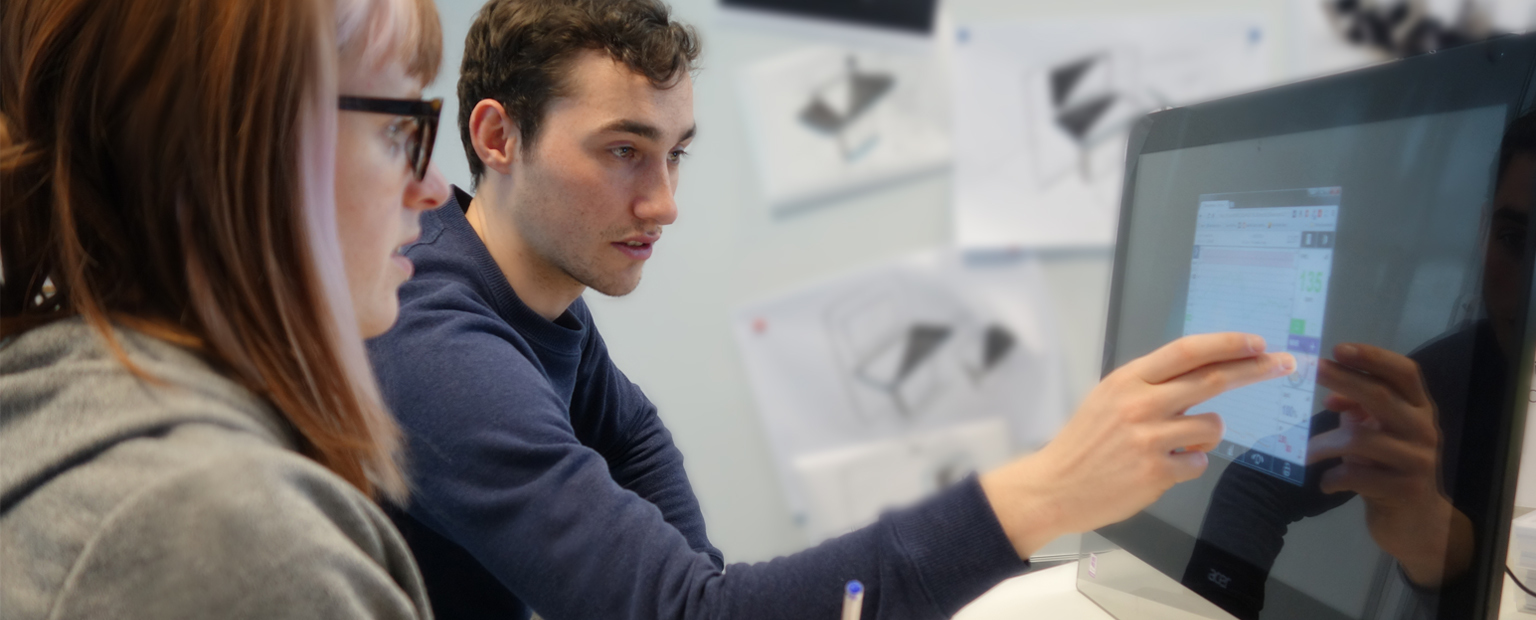GUI Design: How To Get It Right First Time
Although most of us spend 99% of our days using the ‘graphical user interface’ of screens, we don’t typically stop to wonder how it’s all been designed and put together.
It’s the same for medical devices, or TV streaming sticks, or even the screens in bowling alleys - despite a vast chasm of modernity between them, all of these have been designed to be used and interacted with in some specific way.
And with such a variety of products needing the same set of design principles, how can we approach graphical user interface (GUI) design in a way that offsets risk and ‘gets it right’ for launch? Alistair Ruff, User Centred Design Lead at PDR, explains more.
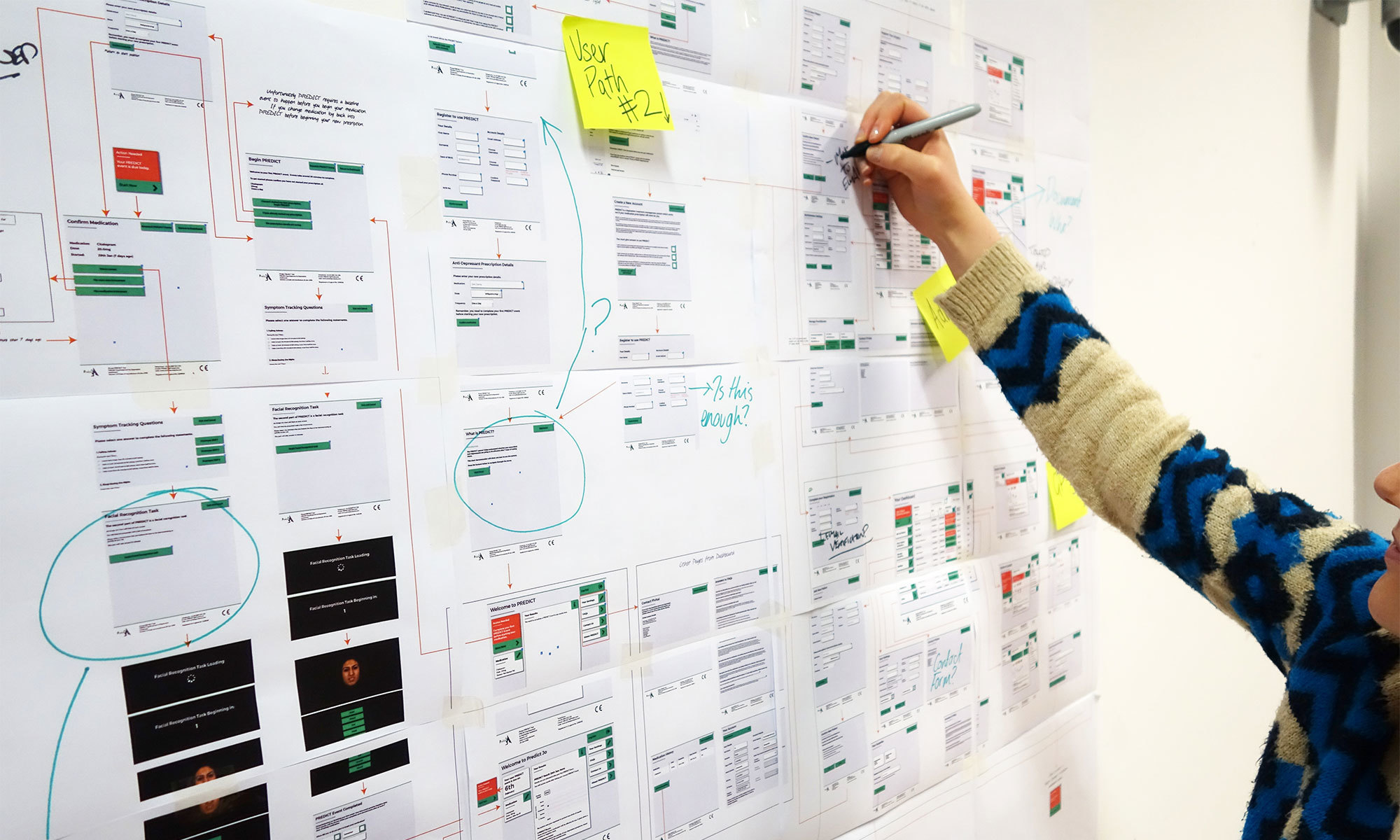
Exploring the user needs of a product
“Often when we're designing, and particularly for medical devices, products come with a product or a user specification - which is normally what someone in the sales team or the engineering team believes people need to be able to do with this device. That’s the point at which we go and speak to the people who use this device to find out if the spec does match up with what they’re doing. Our main priority is understanding, first of all,” explains Alistair.
This might begin with observational research. “We've been into operating theatres and watched staff use the devices so we can see how they move around the room and interact with the different things. It helps us understand how this specific product fits within that workflow.”
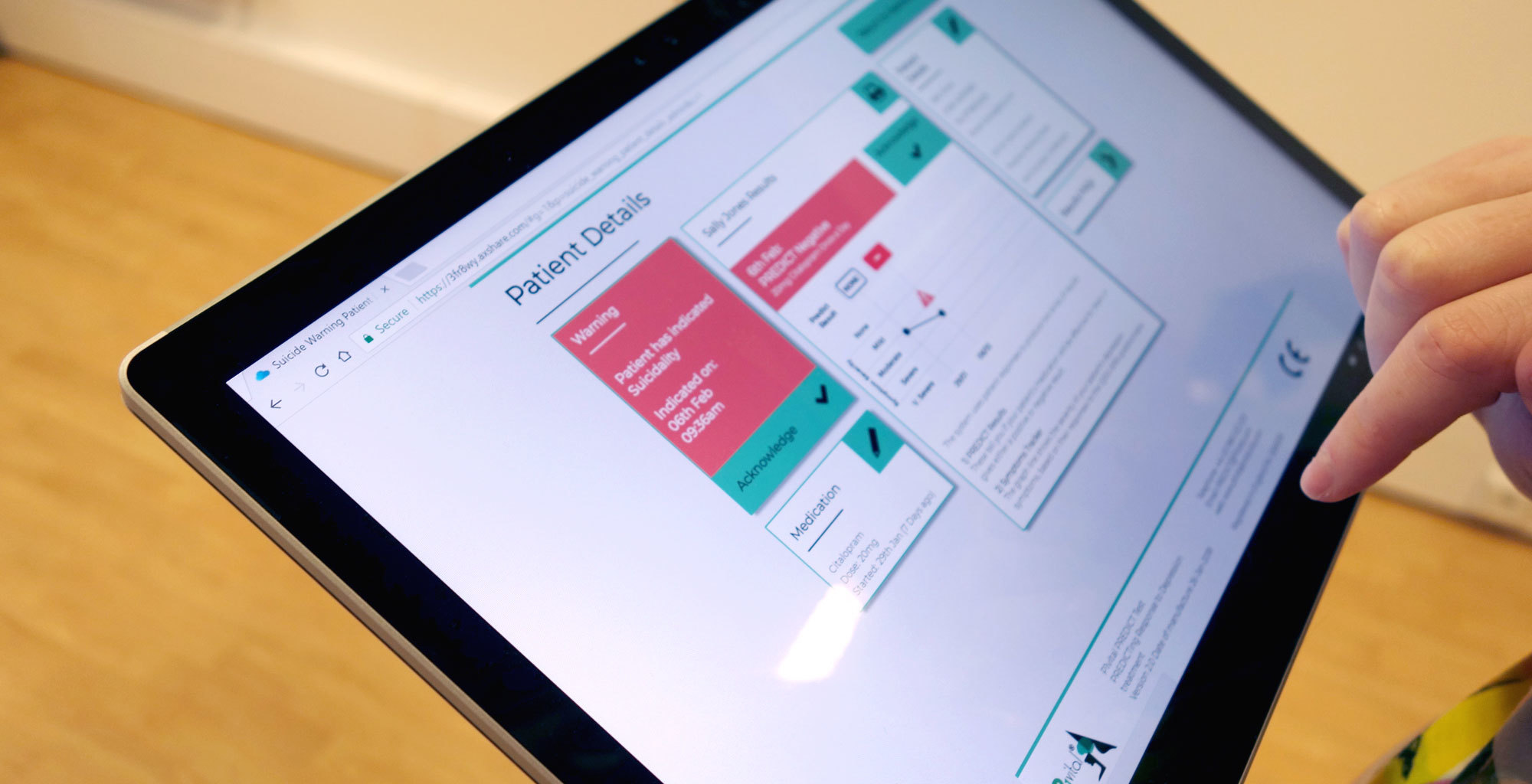
But you can do the same outside of medical devices. “Think of office software. If you want to design a software startup at the moment, just find a place where people still use Excel spreadsheets, basically, because no one's really solved that problem. Sitting next to someone who does an office job for a day and figuring out where their pain points are. That's how we start understanding the problem.”
Like all design at PDR, understanding how a user sees the world is the first port of call for product design. Alistair says, “For me to sit down and design a product without understanding the person who’ll use it would be a bad idea - the way that I understand the information that they use on a daily basis is totally different.”
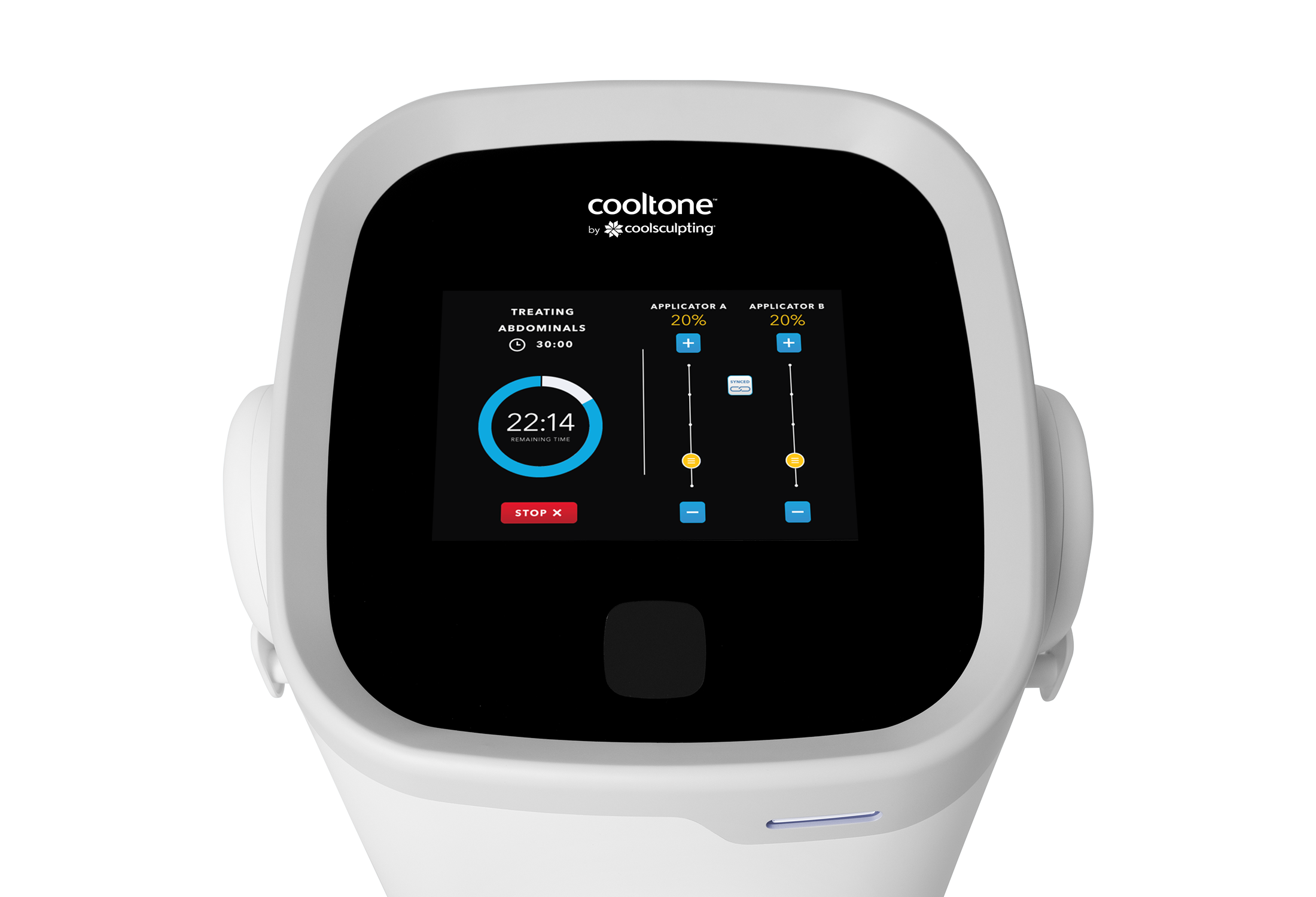
Balancing aesthetics with practicality
Designing a great GUI means considering all the possible factors when someone’s using it. For Cooltone, there was an existing brand language from the CoolSculpting project - but these are often used for digital or print applications, and don’t necessarily translate to the new physical product.
“The preferred screen colour was white, to match the brand language - but usability-wise, we knew we had to design it for a black screen. The accent colours - light blue, gold - had to be bold and visually accessible.”
“We also had to think about reflections,” Alistair continued, “because it was this big glass screen - you don't want a white background with gold elements and then also the sun reflecting off it. That’s a good example where the GUI and the physical device crossover.”
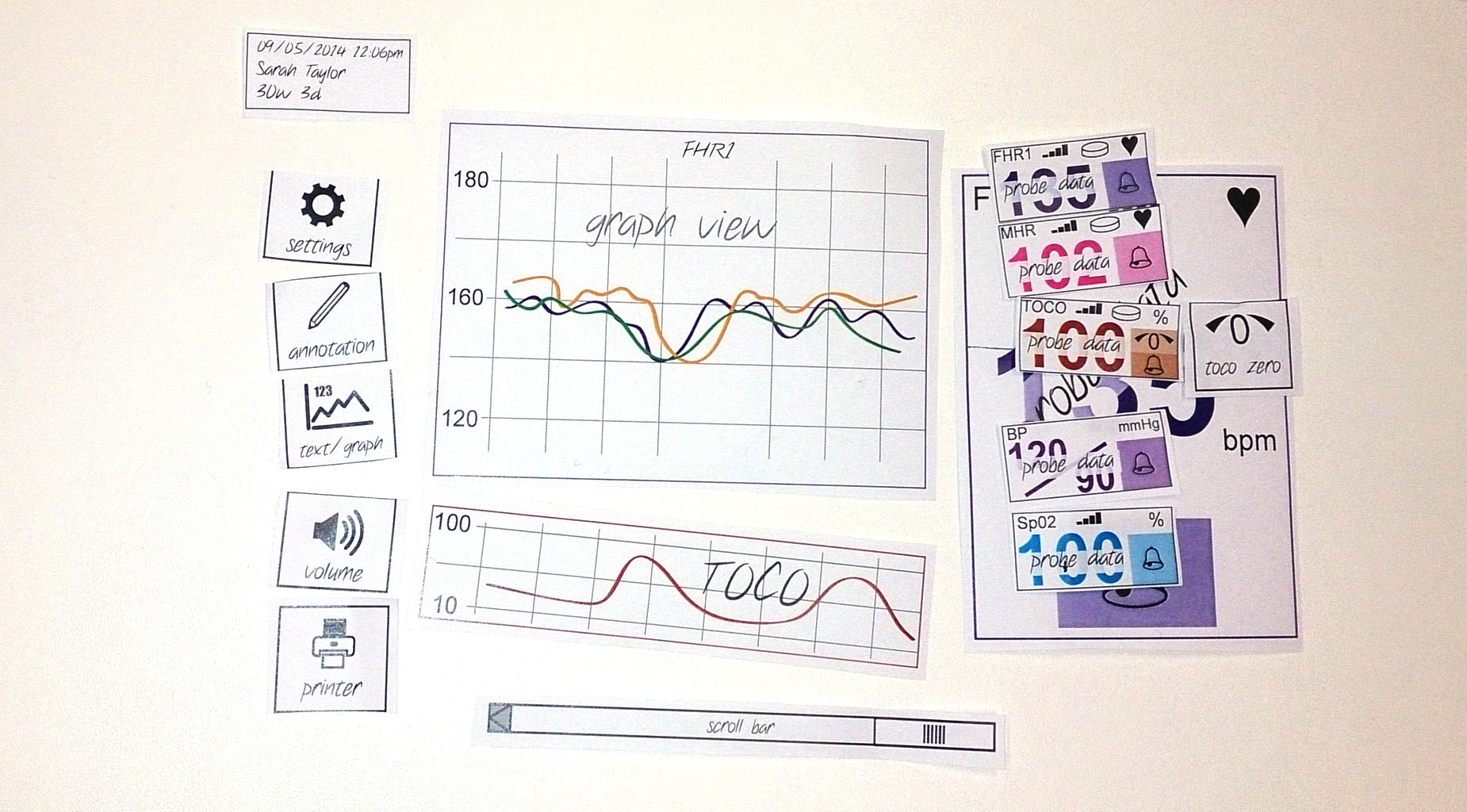
Eliminating risk in GUI design - 3 steps
The key thing to remember, Alistair explains, is that “the design will never actually be right first time” - if you consider the first iteration of the product ‘the first time’. That’s why rigorously going through user research, analysis and testing is key; so that the product is ‘right’ for its official launch.
1 - Involve users throughout the process
At the start of a project you're doing more discovery research, trying to understand people. And then towards the end, you're much more involved in validating design decisions, so you need to evolve how you're involving users in the process.
2 - Be conscious about what you’re testing at each stage
Showing someone a rough sketch and asking them to show you how they’d use it, will get you very different feedback to a glossy interactive prototype of the same interface design. People are wary of suggesting fundamental changes to things that look ‘finished’ but can give much clearer feedback on e.g. whether the visual style is appropriate. Be aware that the way you present the design to people will impact on their feedback and plan accordingly to make sure you’re answering the questions you need.
3 - Understand the problem you’re trying to solve (and don’t focus on the solution)
Right from the initial foundation research, through to the secondary research and into the testing phases, always look to understand what you’re hoping to solve.
Learn more about PDR’s work, or to discuss an idea, contact us.

